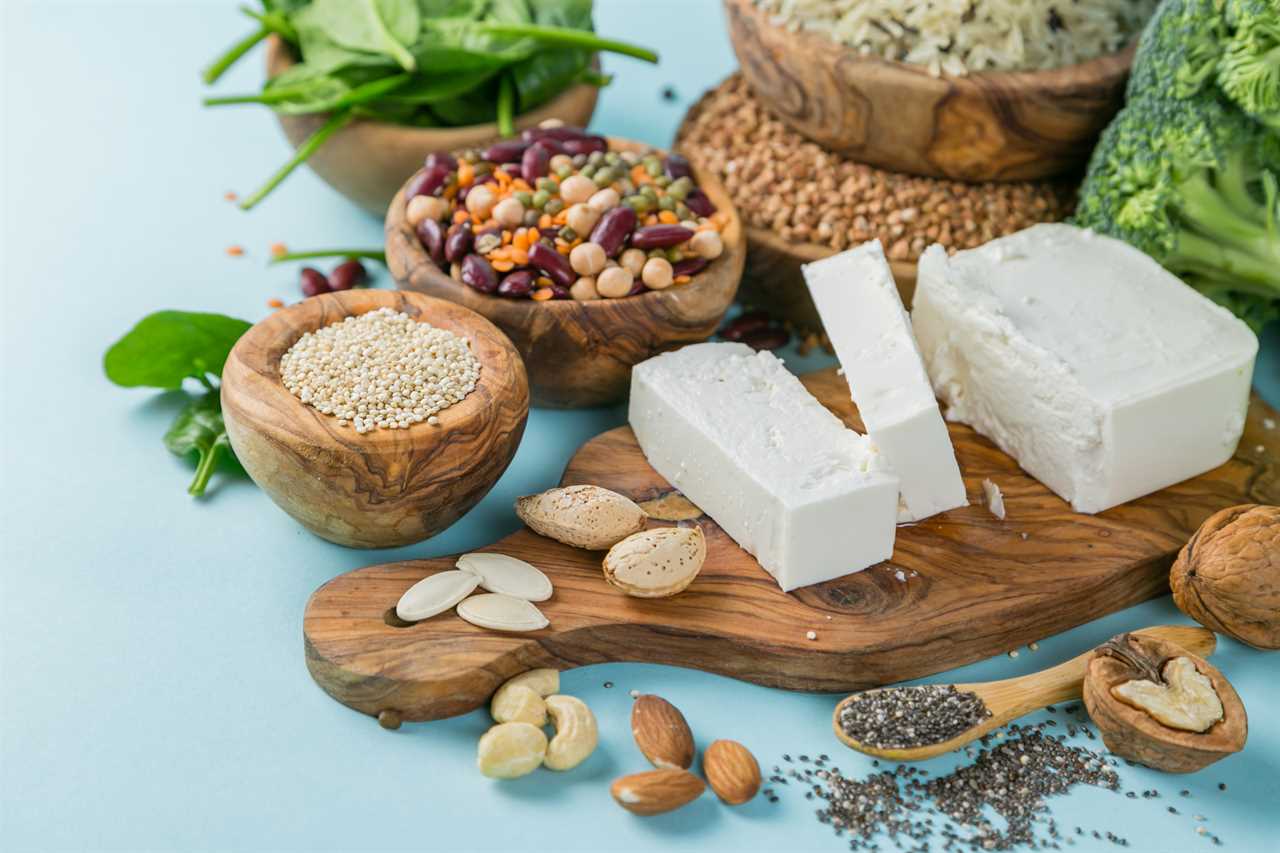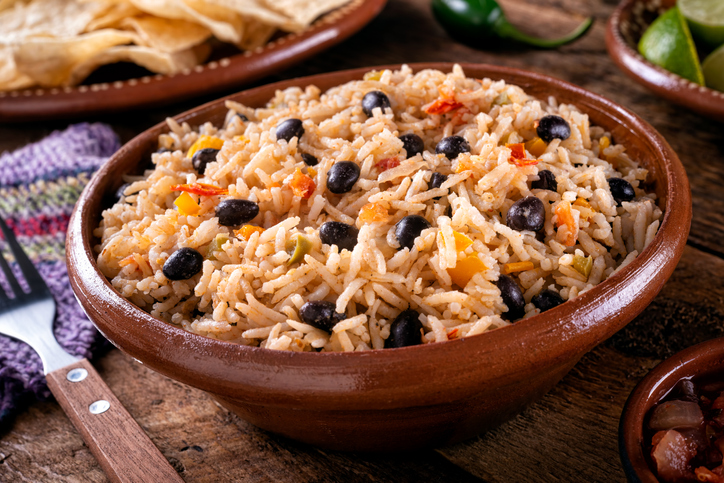
Introduction
Among the dietary challenges of vegetarians and vegans, perhaps none receives more attention than the eternal search for sufficient protein. For those on a plant-based diet, it can be hard enough to compete with the sheer density of protein provided by meat and dairy products, but throw in the need to combine complementary proteins and it can seem nearly impossible.
What Are Complementary Proteins?
Protein pairing is the practice of combining plant-based foods that are missing or are low in one or more specific amino acids — which are the building blocks of protein — in order to round out your overall protein intake. There are 20 different amino acids, but only nine are deemed essential. That means your body can't produce them, so they must be derived from food.
Complete vs. Incomplete Plant Proteins
You can count the number of complete plant proteins on one finger: At present, soy is the only confirmed plant-based protein that's complete, despite common wisdom to the contrary. That makes it an ideal protein source for vegans and explains its ubiquity as a meat substitute.
Should You Eat Complementary Proteins at the Same Time?
Simultaneous protein complementation was advocated in the past, but it's now generally believed that you can get away with consuming them within the same day or so. "Vegetarians and vegans don't need to worry about complementing foods at every meal. Just shoot for a well-balanced diet," Maguire advises.
How to Combine Complementary Proteins
Even after reading this, the bean counters (see what we did there?) among us may still want to pair complementary proteins anyway. If it makes your protein accounting efforts any simpler, complementary protein pairings appear naturally in many traditional cuisines:

Why It's Harder for Vegetarians and Vegans to Get Enough Protein
A high-protein diet is prized among highly active people because protein enhances recovery and promotes performance. Consuming protein after exercise also helps stimulate muscle growth and build strength. And if you cut calories for weight loss, a high-protein snack can help stave off hunger and preserve muscle mass even as you shed pounds.
Did you miss our previous article...
https://naturesmart.us/fitness/25-sneaky-weight-loss-hacks-that-really-work
 HealthWellnessFitnessBeautyVideosPrivacy PolicyTerms And Conditions
HealthWellnessFitnessBeautyVideosPrivacy PolicyTerms And Conditions
